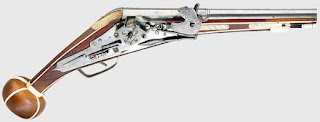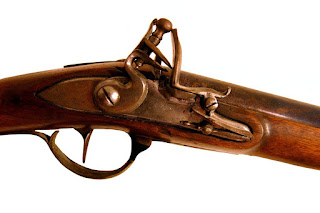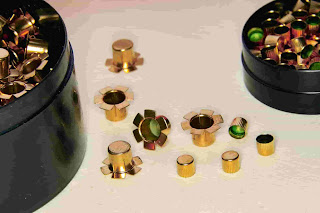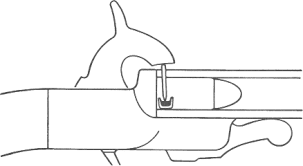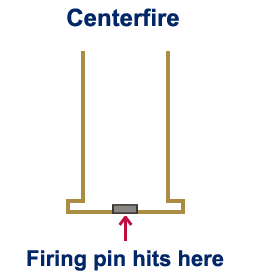History and Development of Firearms
The history of firearms started in the 9th century when the Chinese accidentally developed gunpowder. After this, the gunpowder spread to the whole world from the middle east to Europe and Africa. So, here is the development of firearms since the 13th century.
1. Hand Canon (1271-1368)
It was first used by the Chinese Yuan dynasty in 1300. These hand canons were made of bamboo and the projectile along with gunpowder was loaded through the muzzle end. Also, a small hole is placed at the breech end which is ignited that causes an explosion realizing the projectile from the canon. Hand cannons required much strength to hold for better stability.
2. Match lock (The early 1400s)
In the matchlock firing mechanism, a wick was placed near the propellent/primer through the breech end of the weapon, and when that wick is ignited it causes a spark in the propellent which burns rapidly and pushes the projectile into a forward direction. The main disadvantage of this system is that it can't be used in rainy weather and it exposes the person who is firing the weapon as the wick will produce light that the enemy will easily see.
3. Wheel lock (the early 1500s)
The wheel lock replaced the matching lock. In this mechanism, a wheel is mounted at the rear end of the weapon which is attached to the trigger with the help of a chain. When the trigger is pressed, the wheel rotates on its axis and slides against the steel holding the primer. This causes friction and ignites the spark to release the projectile. The wheel lack is much more efficient, accurate, and weather-resistant.
4. Flint lock (The early 1600s)
The flintlock system is much more efficient than the matchlock and wheel lock systems. In this system, a flint is attached to the hammer which strikes against the steel cover kept over the priming pan to ignite the propellant. This spark produced, travels through the touch hole into the main charge and the projectile (bullet) is released from the weapon.
5. Percussion Cap (1805)
This system was developed by Alexander John Forsyth in 1807. It uses mercury fulminate which when struck by a hammer, produces a flash, strong enough to ignite the main charge of powder in the barrel. Now, a separate priming powder and sparking system were no longer required.
6. Pinfire System (1840)
In this pinfire system, the percussion cap is inside the cartridge case while the pin that rests inside the percussion cap is extended through one side of the cartridge case. When the trigger is pulled, the hammer strikes the firing pin driving it into the priming compound causing it to detonate the main charge and discharge the bullet.
7. Rimfire System (1851)
The rimfire system was initially introduced by Flobert, a gunsmith from Paris. In this system, the propellent is filled inside a hollow rim of the cartridge. When the trigger is pulled, the firing pin strikes the rim of the cartridge which explodes the priming compound thus igniting the propellant. Rimfire is cheap, reliable, and accurate as compared to other firing systems.


